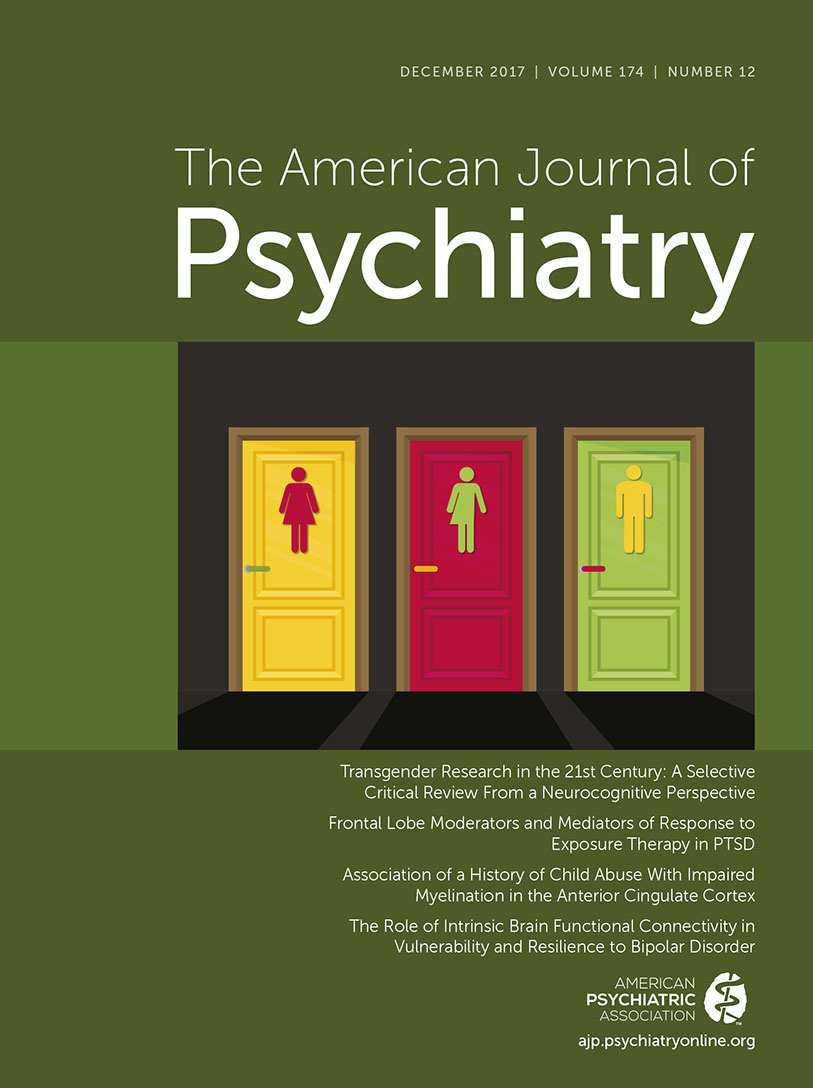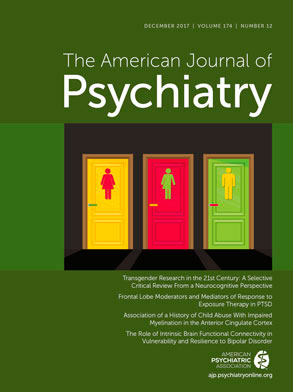Altered Sensory Phenomena Experienced in Bipolar Disorder
Which of the following are common altered sensory phenomena in bipolar disorder?
| Sense | Hypomanic/Manic Episode | Depressive Episode |
|---|---|---|
| Smell | “I’m more sensitive. Things smell better and worse, everything is a bit more intense.” | “Everything becomes dull.” |
| “You can smell everything, you’re alert, it’s like, magical.” | “Things smell less vibrant. There is a lack of depth to whatever it is I’m smelling.” | |
| “I pay more attention to preferable smells, like flowers.” | “Definitely repressed. I really have to center in order to smell something.” | |
| “A smell of a rose means more to me.” | “All smells are less strong.” | |
| “I can smell things that other people can’t smell.” | ||
| “I can smell things that make me feel sick. Food smells.” | ||
| Taste | “Exaggerated, everything is more extreme. Spicy is spicier, sweet is sweeter.” | “Everything is bland.” |
| “Things are more tasty, tastes are heightened. I taste more flavors in what I’m eating.” | “Things don’t taste at all in some cases.” | |
| “Food tastes a lot better. I have gastrointestinal problems, but when I am high I eat more.” | “I only eat not to die, but I can’t taste anything.” | |
| “Fruit tastes better, I’m more inclined to eat it.” | “Reduced experience of tastes. I don’t enjoy things as much as I normally would.” | |
| “I will try more foods. I normally can’t stand mushrooms but I enjoy them when I’m high.” | “I don’t like anything. It all tastes rotten. Things just taste horrible.” | |
| Vision | “Everything is clearer. I don’t need my glasses for reading.” | “When I’m depressed, things aren’t as bright, like there’s a shade. Bright blues are dull.” |
| “I might have just been imagining it, but I see vertical white lines.” | “Sometimes I feel I don’t see anything. I don’t notice changes around me in my mind.” | |
| “I feel like I can see auras or glows around people. I can see what they’re thinking when they’re saying something.” | “I use my glasses a lot more, as things are out of focus.” | |
| “I see everything. You see things more with your head. Seeing with your third eye.” | ||
| Touch | “My skin feels more sensitive and more alive. Touch feels more real, especially humans or plants.” | “It becomes nothing. If I’m feeling depressed I can’t feel a hand on my leg.” |
| “Even my son tickling me is like someone stabbing me.” | “My body goes numb, I lose all sensation, it’s hard to discern things like temperature.” | |
| “Much more sensitive, sensual, sexual. Things are much more powerful. Heightened degree of sensuality.” | “Like my skin is crawling.” | |
| “When I feel high, it’s more a sense of being more sensitive to touch and your body feeling more connected to the universe.” | “I don’t want to be touched. Being touched feels almost repulsive and I recoil from it.” | |
| “My sense of touch is the same but my interest in different textures is heightened.” | ||
| “I’m much more tactile, I feel the need to touch things and have a tactile response, I especially notice it when shopping. I need to touch all the cushions.” | ||
| “I’m a very kinesthetic person. I went into a lift with laser-etched surfaces, and it was the most wonderful thing.” | ||
| Hearing | “Everything is louder, more crisp.” | “Minimal hearing. I don’t notice the things I do when I’m up.” |
| “I zone in on something I wouldn’t have otherwise noticed, like someone eating. It becomes a point of focus instead of being in the background.” | “I’m deaf as a head post.” | |
| “I guess that I hear things that other people struggle to hear or can’t hear, like a beeping or telephone.” | “I’m more aware of things, especially yelling, chewing, etc.” | |
| “I have tinnitus, but not so much when I’m high. This means I hear more.” | “Unable to handle certain sounds, especially high-pitched, like a spoon against a bowl or the sound of people eating.” | |
| “If listening to music, I can hear individual lines, not just the whole thing. Certain instruments stand out, my attention is caught.” | ||
| Danger | “I don’t think that I’ll get hurt; climbing around rocks on a cliff face, I thought I could jump and not get hurt. My husband had to physically hold me back.” | “Everything is dangerous, everything is scary. My driving is different, I’m much more careful.” |
| “Danger is something to be relished/chased. Should I list all the dangerous things I have done? I shouldn’t be alive. I perceive my ability to handle it is far greater.” | “I don’t care. I’m not afraid because I don’t care if I die.” | |
| “I find I am more likely to take risks. I don’t believe bad things will happen to me.” | “I just don’t care about my personal safety.” | |
| “At work when people don’t reply to e-mails, I worry I’ve done something wrong.” | “I perceive danger as good because it could kill me and maybe I would feel something for a second.” | |
| “When I’m feeling high, I feel like people are watching. When I look into people’s eyes, they can feel quite ominous and frightening.” | ||
| Intuition | “I can understand what they’re meaning even if they’re not saying it.” | “I tend to focus on other people, be more observant.” |
| “I read into things that aren’t there. I pick the most outlandish explanation, and assume people are thinking negative things about me.” | “I’d misinterpret interpersonal changes.” | |
| “I don’t really pay attention to people’s intentions.” | “I assume everyone thinks badly of me.” | |
| “I find it hard to understand where people are coming from, what they’re saying and their motives.” | ||
| Empathy | “Feel connected to everything and everyone. Feel like you can have deeper conversations and more intense connections.” | “I feel completely disconnected from everyone around me, as though they’re inside a bubble and I’m walking on the outside.” |
| “Everybody is my best friend and I’m everyone’s best friend. I’m exceedingly gregarious.” | “I don’t connect with anyone because I’m so wound up in my issues.” | |
| “I’m less empathic. I have had issues understanding how something would affect another person. I can become quite selfish.” | “I feel empathic towards people, but I don’t feel connected to my husband or son, etc.” | |
| “I can understand what they’re meaning even if they’re not saying it. I can feel their aura or emotions just by being near them” | “I’m there for others, but they’re not there for me. I notice more.” | |
| “I find it difficult when people don’t keep up. It irritates me.” | ||
| “I feel like I’m just that great, I can understand everyone.” | ||
| Prediction | “I feel very psychic. I feel like I can see the future.” | “Very clouded thinking. It felt like I was trapped in my own body, I couldn’t react instinctively like I could when high.” |
| “I know I’ll get a car park.” | “It becomes unclear. I see what some of the alternatives are, but I can’t filter out the unlikely ones and find myself in a loop of what-ifs.” | |
| “When I’m high and playing soccer, my reflexes are so much faster.” | “I probably overthink things, so I’m more aware of what could happen.” | |
| “When playing sport, it was like everything was slowed down and I could see the way things would go.” | “More negative. I think bad things are going to happen to me.” | |
| “I’m just more aware of my surroundings, looking a bit further, and I can see what’s going to happen quite easily.” | “Everything is futile.” | |
| “I think and it happens.” | “I don’t care what is going to happen next.” | |
| “It’s too quick. It occurs to you mentally—you can see it but you’re too fast to do anything about it.” | ||
| Synesthesia | “Music. I see music as having colors or shapes.” | “I can taste words.” |
| “See music in color, and everyday objects will get a personality.” |
D. All of the above.
Acknowledgments
References
Information & Authors
Information
Published In
History
Keywords
Authors
Funding Information
Metrics & Citations
Metrics
Citations
Export Citations
If you have the appropriate software installed, you can download article citation data to the citation manager of your choice. Simply select your manager software from the list below and click Download.
For more information or tips please see 'Downloading to a citation manager' in the Help menu.
View Options
View options
PDF/EPUB
View PDF/EPUBLogin options
Already a subscriber? Access your subscription through your login credentials or your institution for full access to this article.
Personal login Institutional Login Open Athens loginNot a subscriber?
PsychiatryOnline subscription options offer access to the DSM-5-TR® library, books, journals, CME, and patient resources. This all-in-one virtual library provides psychiatrists and mental health professionals with key resources for diagnosis, treatment, research, and professional development.
Need more help? PsychiatryOnline Customer Service may be reached by emailing [email protected] or by calling 800-368-5777 (in the U.S.) or 703-907-7322 (outside the U.S.).

